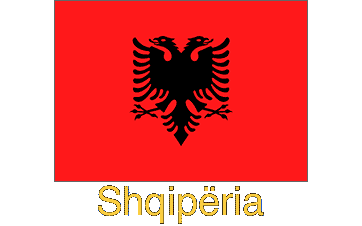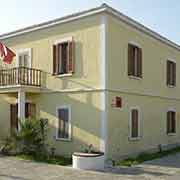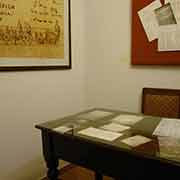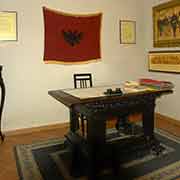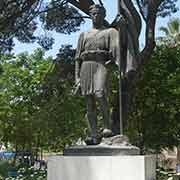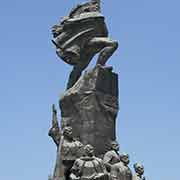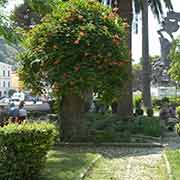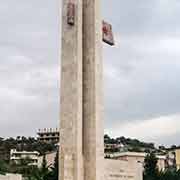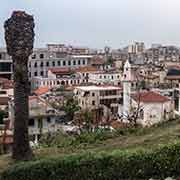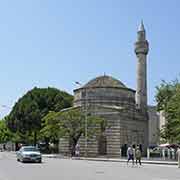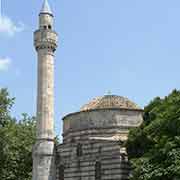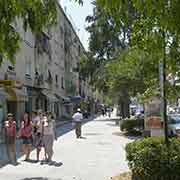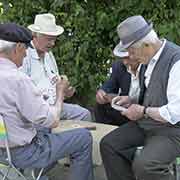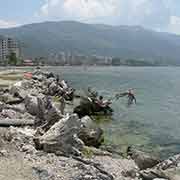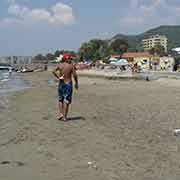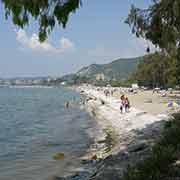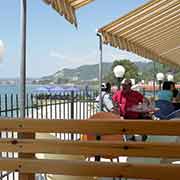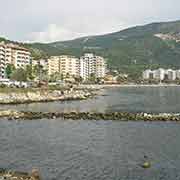Photos from Albania
Vlora, southern Albania’s port city
Vlora (or Vlorë, in a sentence with a preposition) is the second-largest port city of Albania, with a population of around 125,000. It used to be known by the older name of Valona or Vlonë and was founded as Aulon by Greeks in the 6th Century BCE. It was one of three such colonies on the coast of Illyria. Valona was an important port city of the Roman Empire and became an episcopal see in the 5th Century. After the Serbian occupation in the 14th Century, it was captured by the Ottoman Empire in 1417.
you may then send it as a postcard if you wish.
During the First Balkan War, on 28 November 1912, Albania’s independence was declared by Ismail Qemali in Vlora. The city became Albania’s first capital; its headquarters was housed in a modest villa, now the National Museum of Independence. However, Vlora was invaded in 1914 by the Italians and occupied until 1920. Italy again invaded Valona, as it was then called, in 1939, when it annexed Albania; the Communists liberated it from German Nazi occupation in 1944. Vlora’s port was leased to the Soviet Union as a submarine base. It played an important part in the conflict between Enver Hoxha and Nikita Khrushchev in 1960-1961 when Albania broke with the Soviets and chose the Chinese side. As Albania feared a Soviet invasion, the tens of thousands of ubiquitous concrete bunkers were built that still litter the Albanian landscape.
Today it is a pleasant place, with fine views over the Bay of Vlora, now an important tourism centre with hotels and fine beaches, like Uji i Ftohtë (“Cold Water”), about 2 kilometres south along the coast. Vlora is a major seaport and the closest in proximity to the Italian port of Bari. It is also a commercial and agricultural centre with large olive and fruit tree plantations.


